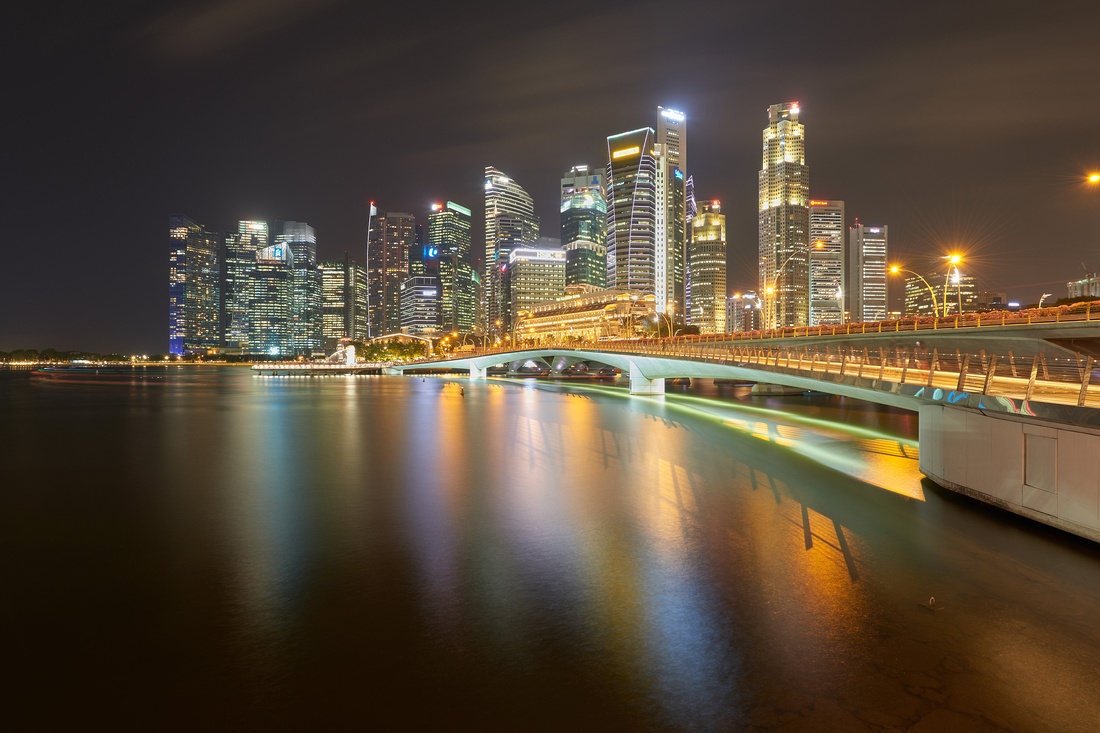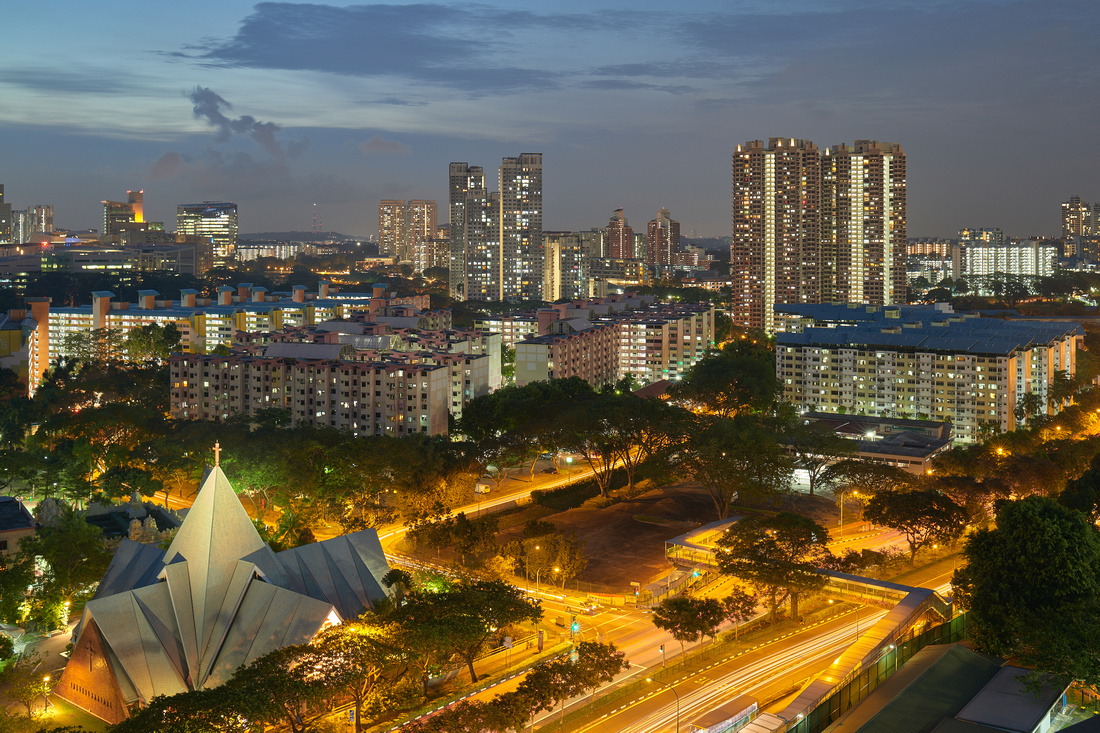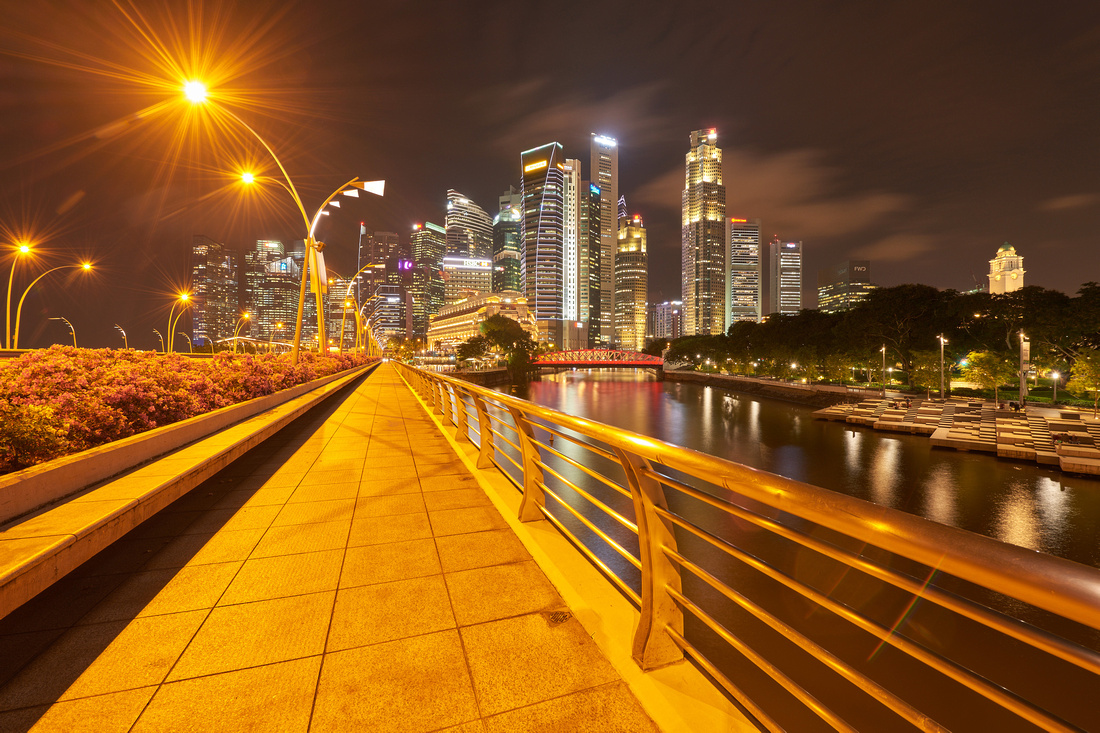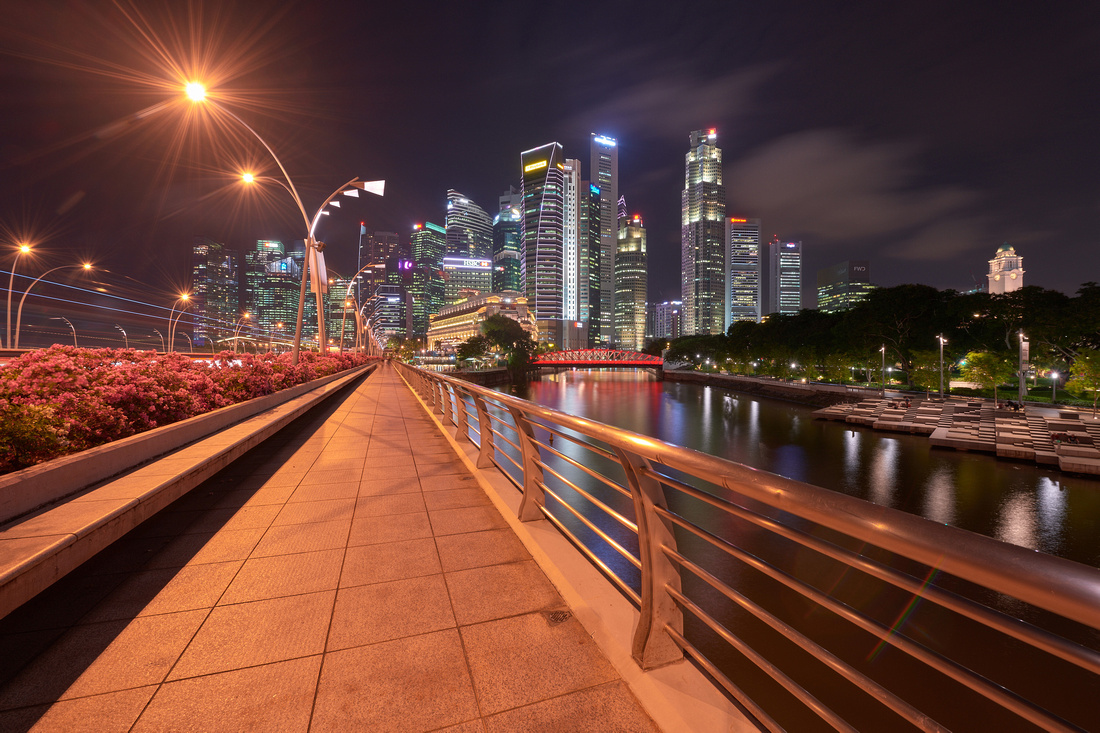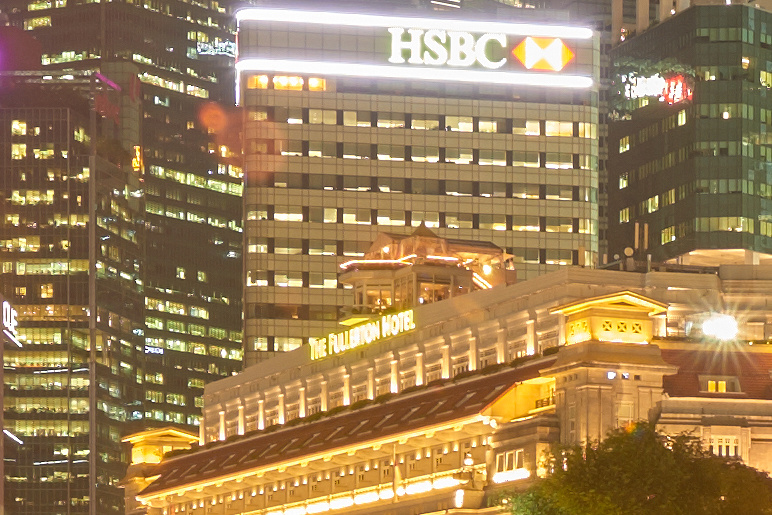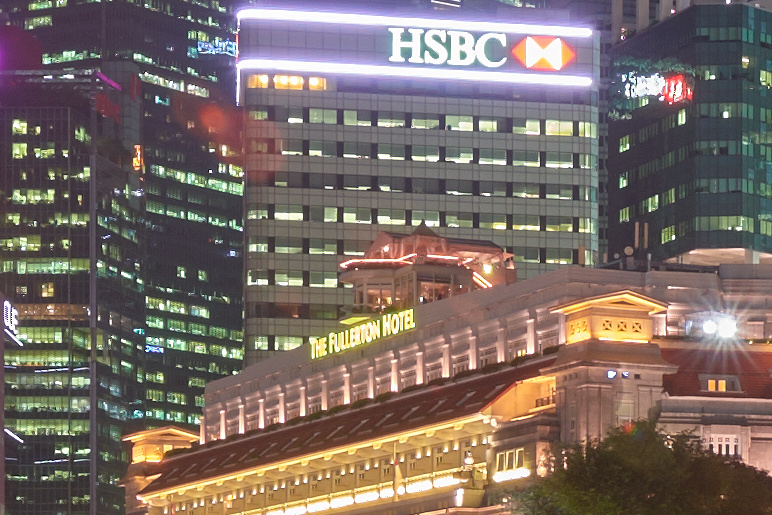This review is also on my website here!
Read about my Haida 150mm Nanopro neutral density filters review here!
Since the previous article last year about Haida's 150mm Nanopro filter range, I've become a brand ambassador for the filter company. My local dealer, PhotosphereSG, has been very helpful in the liaising and supplying me with review units, of which I'm very thankful for. Ever since the brand was brought in by them in 2013 and my initial comparisons with their first generational filters against their Lee and Hitech counterparts, I've replaced my Lee and Hitech kit with Haida filters, which were already incredibly neutral filters with superior optical characteristics back then. Haida has since released Nanopro replacements to the original popular series of full neutral density filters in the 100mm and the 150mm ranges, and improved on the originals even more by removing what little colour cast they had and completely eliminating any vignetting the originals caused.
Even though I've received the filter for free, Haida's stellar performance in their other product lineups gave me high expectations of their recently-released Clear Night Nanopro. Both the 100mm and the 150mm Clear Night filters come in the now familiar metal tin padded case, reminiscent of the ones Lee ships their neutral density filters in. Like the other Nanopro filters, the new coating helps to repel oil and water, keeping the filter free of grime, and prevents flare caused by internal reflections/strong light sources.


Price Comparisons
Being a specialised filter, the Clear Night filters cost more than their regular Nanopro counterparts. However, they are much cheaper than Nisi's similar Natural Night filters. I did not have the chance to test and compare both Haida and Nisi variants, but I would wager that the Haida ones are as good as the Nisi filters for less than their asking price.
Haida Clear Night 100mm: US$136 (B&H June 2018)
Nisi Natural Night 100mm: US$194.99 (B&H June 2018)
Haida Clear Night 150mm: US$216 (B&H June 2018)
Nisi Natural Night 150mm: US$264.99 (B&H June 2018)
Image Comparisons
Being an architecture and urban landscape photographer involves shooting a lot of night scenes in addition to the standard golden hour shots, so I was curious as to how the Clear Night would improve on my image output. The filter works by cutting out certain frequencies of yellow light that is normally emitted from sodium-vapour street lamps and similar sources of light, thus reducing or eliminating heavy light pollution from artificial light sources, which are plentiful in a busy city like Singapore. As I am currently based here, the filter should theoretically help me clean up light pollution and cut down a bit of flaring caused by strong yellowish light sources, which become very prominent when it gets dark.
Ideally, the filter should improve results when applied in fields like cityscape night photography and astrophotography. I took to putting the Clear Night 150mm filter through its paces as soon as I received it, and the images shown here are taken on my Nikon D850 and the Nikon 14-24mm lens with the Haida 150mm filter holder, unless otherwise specified.
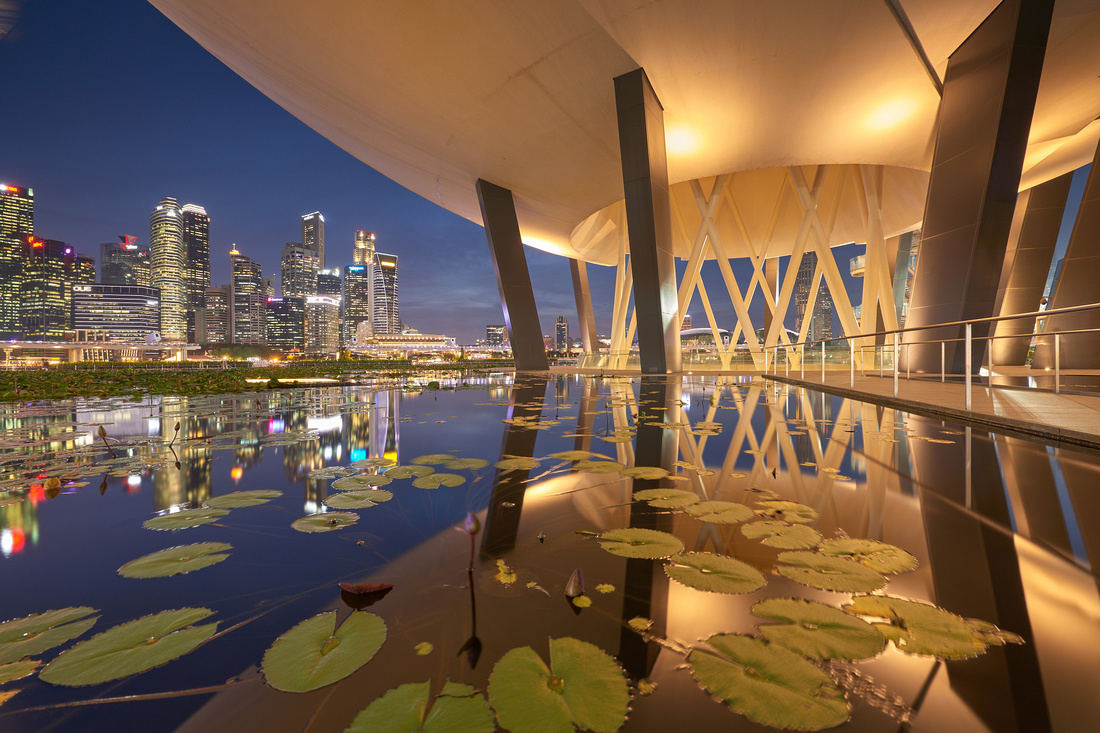
Immediately from the comparison shots above, you can see that the strong yellow light source has been significantly reduced. This exact scene at the ArtScience Museum has a strong yellow glow from the spotlights, and the filter did a good job at rendering a very natural look right out of the camera. The only tweaks I used was the auto white balance in manual mode, and some contrast in post for the above shots.
Because it cuts down so much yellow light, the filter ends up shifting the colour balance towards magenta/blue. This is easily correctable if you so choose but I decided to leave it in as I tend to go for a cooler rendition for my night shots. With the Clear Night, more colours that are usually overwhelmed by the yellow glow of city lights can be revealed as well. Due to this effect, the filter cuts down about half a stop of light, so you could either adjust accordingly on camera or in post, but this is a rather negligible issue.
The filter also helped to cut a bit of flaring caused by these yellow light sources. If you scroll up to the image of ArtScience Museum above taken without the Clear Night, there is a bit of flare at the top-left corner. The flare is gone in the shot with the filter attached.
Read about my Haida 150mm Nanopro neutral density filters review here!
Since the previous article last year about Haida's 150mm Nanopro filter range, I've become a brand ambassador for the filter company. My local dealer, PhotosphereSG, has been very helpful in the liaising and supplying me with review units, of which I'm very thankful for. Ever since the brand was brought in by them in 2013 and my initial comparisons with their first generational filters against their Lee and Hitech counterparts, I've replaced my Lee and Hitech kit with Haida filters, which were already incredibly neutral filters with superior optical characteristics back then. Haida has since released Nanopro replacements to the original popular series of full neutral density filters in the 100mm and the 150mm ranges, and improved on the originals even more by removing what little colour cast they had and completely eliminating any vignetting the originals caused.
Even though I've received the filter for free, Haida's stellar performance in their other product lineups gave me high expectations of their recently-released Clear Night Nanopro. Both the 100mm and the 150mm Clear Night filters come in the now familiar metal tin padded case, reminiscent of the ones Lee ships their neutral density filters in. Like the other Nanopro filters, the new coating helps to repel oil and water, keeping the filter free of grime, and prevents flare caused by internal reflections/strong light sources.

Haida Clear Night filters in 100mm and 150mm dimensions

The filters have an unmistakable glossy finish and purplish-blue tint to them
Price Comparisons
Being a specialised filter, the Clear Night filters cost more than their regular Nanopro counterparts. However, they are much cheaper than Nisi's similar Natural Night filters. I did not have the chance to test and compare both Haida and Nisi variants, but I would wager that the Haida ones are as good as the Nisi filters for less than their asking price.
Haida Clear Night 100mm: US$136 (B&H June 2018)
Nisi Natural Night 100mm: US$194.99 (B&H June 2018)
Haida Clear Night 150mm: US$216 (B&H June 2018)
Nisi Natural Night 150mm: US$264.99 (B&H June 2018)
Image Comparisons
Being an architecture and urban landscape photographer involves shooting a lot of night scenes in addition to the standard golden hour shots, so I was curious as to how the Clear Night would improve on my image output. The filter works by cutting out certain frequencies of yellow light that is normally emitted from sodium-vapour street lamps and similar sources of light, thus reducing or eliminating heavy light pollution from artificial light sources, which are plentiful in a busy city like Singapore. As I am currently based here, the filter should theoretically help me clean up light pollution and cut down a bit of flaring caused by strong yellowish light sources, which become very prominent when it gets dark.
Ideally, the filter should improve results when applied in fields like cityscape night photography and astrophotography. I took to putting the Clear Night 150mm filter through its paces as soon as I received it, and the images shown here are taken on my Nikon D850 and the Nikon 14-24mm lens with the Haida 150mm filter holder, unless otherwise specified.

Without filter

With Haida Clear Night filter

With Haida Clear Night filter
Immediately from the comparison shots above, you can see that the strong yellow light source has been significantly reduced. This exact scene at the ArtScience Museum has a strong yellow glow from the spotlights, and the filter did a good job at rendering a very natural look right out of the camera. The only tweaks I used was the auto white balance in manual mode, and some contrast in post for the above shots.
Because it cuts down so much yellow light, the filter ends up shifting the colour balance towards magenta/blue. This is easily correctable if you so choose but I decided to leave it in as I tend to go for a cooler rendition for my night shots. With the Clear Night, more colours that are usually overwhelmed by the yellow glow of city lights can be revealed as well. Due to this effect, the filter cuts down about half a stop of light, so you could either adjust accordingly on camera or in post, but this is a rather negligible issue.
The filter also helped to cut a bit of flaring caused by these yellow light sources. If you scroll up to the image of ArtScience Museum above taken without the Clear Night, there is a bit of flare at the top-left corner. The flare is gone in the shot with the filter attached.
Last edited:



